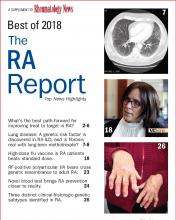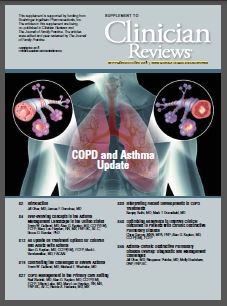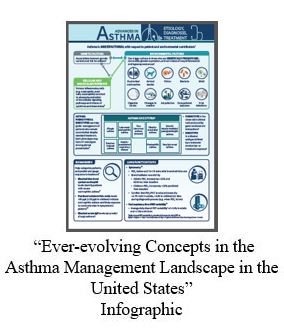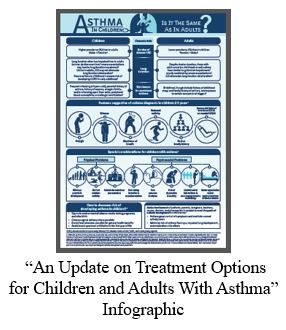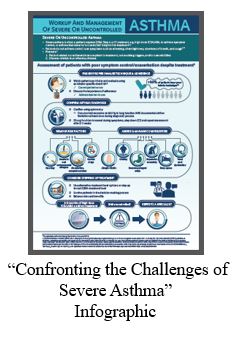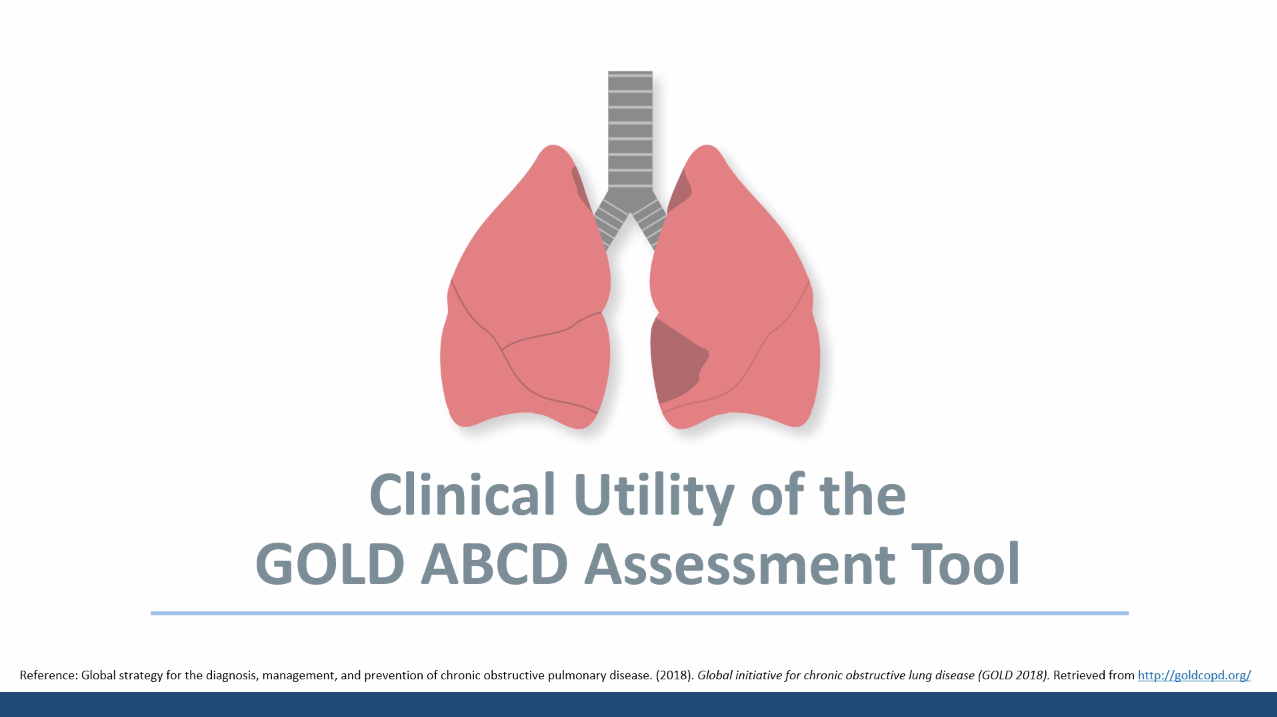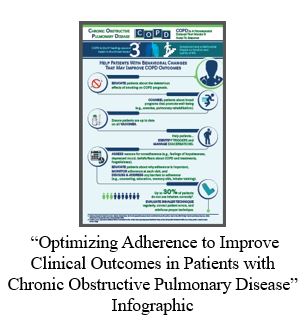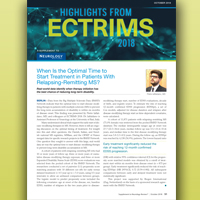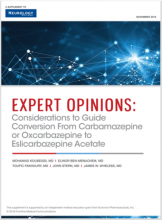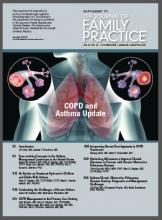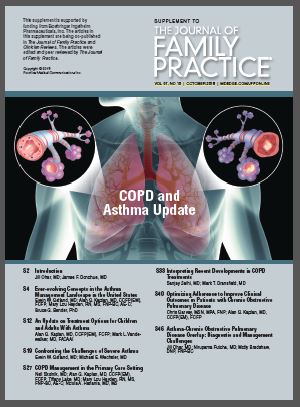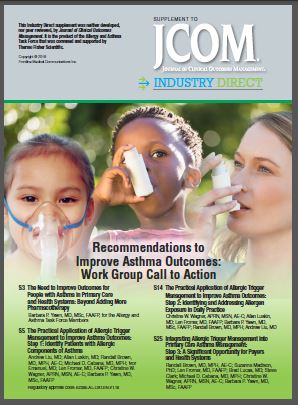User login
Rheumatology News Best of 2018 – The RA Report: Top News Highlights
The ideas and opinions expressed in Best of 2018 – The RA Report: Top News Highlights do not necessarily reflect those of the publisher. Frontline Medical Communications will not assume responsibility for damages, loss, or claims of any kind arising from or related to the information contained in this publication, including any claims related to the products, drugs, or services mentioned herein.
The ideas and opinions expressed in Best of 2018 – The RA Report: Top News Highlights do not necessarily reflect those of the publisher. Frontline Medical Communications will not assume responsibility for damages, loss, or claims of any kind arising from or related to the information contained in this publication, including any claims related to the products, drugs, or services mentioned herein.
The ideas and opinions expressed in Best of 2018 – The RA Report: Top News Highlights do not necessarily reflect those of the publisher. Frontline Medical Communications will not assume responsibility for damages, loss, or claims of any kind arising from or related to the information contained in this publication, including any claims related to the products, drugs, or services mentioned herein.
Advancements in the Delivery of Biologics for the Treatment of Diabetes
Diabetes medication administration often forces patients into uncomfortable situations. Those with complicated treatment or with a fear of needles might hesitate to adhere to their suggested regimen, placing themselves at risk. Over the years, several mechanisms have evolved to help make insulin delivery, and so, betting patient adherence.
This fifth eNewsletter in the series, entitled Advancements in the Delivery of Biologics for the Treatment of Diabetes was written by James Ruggles, PhD, and James Meehan, MSc. It covers the history of insulin delivery methods starting from 1922 and through present day.
Click here to read the supplement
About the Authors:

James Ruggles, PhD
AstraZeneca
Wilmington, DE, USA

James Meehan, MSc
AstraZeneca
Macclesfield, Cheshire, UK
Diabetes medication administration often forces patients into uncomfortable situations. Those with complicated treatment or with a fear of needles might hesitate to adhere to their suggested regimen, placing themselves at risk. Over the years, several mechanisms have evolved to help make insulin delivery, and so, betting patient adherence.
This fifth eNewsletter in the series, entitled Advancements in the Delivery of Biologics for the Treatment of Diabetes was written by James Ruggles, PhD, and James Meehan, MSc. It covers the history of insulin delivery methods starting from 1922 and through present day.
Click here to read the supplement
About the Authors:

James Ruggles, PhD
AstraZeneca
Wilmington, DE, USA

James Meehan, MSc
AstraZeneca
Macclesfield, Cheshire, UK
Diabetes medication administration often forces patients into uncomfortable situations. Those with complicated treatment or with a fear of needles might hesitate to adhere to their suggested regimen, placing themselves at risk. Over the years, several mechanisms have evolved to help make insulin delivery, and so, betting patient adherence.
This fifth eNewsletter in the series, entitled Advancements in the Delivery of Biologics for the Treatment of Diabetes was written by James Ruggles, PhD, and James Meehan, MSc. It covers the history of insulin delivery methods starting from 1922 and through present day.
Click here to read the supplement
About the Authors:

James Ruggles, PhD
AstraZeneca
Wilmington, DE, USA

James Meehan, MSc
AstraZeneca
Macclesfield, Cheshire, UK
Clone of COPD and Asthma Supplement
COPD and Asthma Update

"COPD and Asthma Update" is a clinical aid for PCPs to further understand and manage patients with COPD or asthma. Click here to read the supplement, then click the buttons below for supplementary materials to each chapter.
Supplementary Materials:
COPD and Asthma Update

"COPD and Asthma Update" is a clinical aid for PCPs to further understand and manage patients with COPD or asthma. Click here to read the supplement, then click the buttons below for supplementary materials to each chapter.
Supplementary Materials:
COPD and Asthma Update

"COPD and Asthma Update" is a clinical aid for PCPs to further understand and manage patients with COPD or asthma. Click here to read the supplement, then click the buttons below for supplementary materials to each chapter.
Supplementary Materials:
Highlights From ECTRIMS 2018
Expert Opinions: Considerations to Guide Conversion From Carbamazepine or Oxcarbazepine to Eslicarbazepine Acetate
Patients typically switch from carbamazepine (CBZ) or oxcarbazepine (OXC) to eslicarbazepine acetate (ESL) for at least 1 of 3 reasons: tolerability, simpler dosing, and/or efficacy. Since no evidence-based recommendations exist regarding the switching schedule, expert opinions may prove helpful for practitioners. In this supplement, expert epileptologists and clinical trialists share their experience about switching patients from CBZ or OXC to ESL.
Supplement
Click here or on the image below to read the supplement
Podcasts
Dr. Elinor Ben-Menachem discusses the case of a 28-year-old man with focal onset epilepsy who was switched from CBZ to ESL.
Dr. Toufic Fakhoury discusses the case of a 34-year-old female who became seizure-free after switching from OXC to ESL.
Dr. Mohamad Koubeissi discusses the case of a 22-year-old man with intractable epilepsy who was switched from OXC to ESL.
Dr. John Stern discusses the case of a 48-year-woman with tonic-clonic seizures who was switched from CBZ to ESL.
Dr. James Wheless discusses the case of an 8-year-old male who found relief having switched from OXC to ESL.
About the Faculty
Professor of Neurology
Director, Epilepsy Center
George Washington University
Washington, DC
Professor
Institute of Neuroscience and Physiology
Department of Clinical Neurosciences
The Sahlgrenska Academy at the University of Gothenburg
Department of Neurology
Sahlgrenska University Hospital
Gothenburg, Sweden
Saint Joseph Health System
Lexington, KY
Professor, Department of Neurology
Director, Epilepsy Clinical Program
Director, Epilepsy Residency Training Program
David Geffen School of Medicine
University of California, Los Angeles
Los Angeles, CA
Professor and Chief, Department of Pediatric Neurology
Chair, Division of Pediatric Neurology
Director, Le Bonheur Comprehensive Epilepsy Program
Director, Le Bonheur Neuroscience Center
University of Tennessee Health Science Center
Memphis, TN
Patients typically switch from carbamazepine (CBZ) or oxcarbazepine (OXC) to eslicarbazepine acetate (ESL) for at least 1 of 3 reasons: tolerability, simpler dosing, and/or efficacy. Since no evidence-based recommendations exist regarding the switching schedule, expert opinions may prove helpful for practitioners. In this supplement, expert epileptologists and clinical trialists share their experience about switching patients from CBZ or OXC to ESL.
Supplement
Click here or on the image below to read the supplement
Podcasts
Dr. Elinor Ben-Menachem discusses the case of a 28-year-old man with focal onset epilepsy who was switched from CBZ to ESL.
Dr. Toufic Fakhoury discusses the case of a 34-year-old female who became seizure-free after switching from OXC to ESL.
Dr. Mohamad Koubeissi discusses the case of a 22-year-old man with intractable epilepsy who was switched from OXC to ESL.
Dr. John Stern discusses the case of a 48-year-woman with tonic-clonic seizures who was switched from CBZ to ESL.
Dr. James Wheless discusses the case of an 8-year-old male who found relief having switched from OXC to ESL.
About the Faculty
Professor of Neurology
Director, Epilepsy Center
George Washington University
Washington, DC
Professor
Institute of Neuroscience and Physiology
Department of Clinical Neurosciences
The Sahlgrenska Academy at the University of Gothenburg
Department of Neurology
Sahlgrenska University Hospital
Gothenburg, Sweden
Saint Joseph Health System
Lexington, KY
Professor, Department of Neurology
Director, Epilepsy Clinical Program
Director, Epilepsy Residency Training Program
David Geffen School of Medicine
University of California, Los Angeles
Los Angeles, CA
Professor and Chief, Department of Pediatric Neurology
Chair, Division of Pediatric Neurology
Director, Le Bonheur Comprehensive Epilepsy Program
Director, Le Bonheur Neuroscience Center
University of Tennessee Health Science Center
Memphis, TN
Patients typically switch from carbamazepine (CBZ) or oxcarbazepine (OXC) to eslicarbazepine acetate (ESL) for at least 1 of 3 reasons: tolerability, simpler dosing, and/or efficacy. Since no evidence-based recommendations exist regarding the switching schedule, expert opinions may prove helpful for practitioners. In this supplement, expert epileptologists and clinical trialists share their experience about switching patients from CBZ or OXC to ESL.
Supplement
Click here or on the image below to read the supplement
Podcasts
Dr. Elinor Ben-Menachem discusses the case of a 28-year-old man with focal onset epilepsy who was switched from CBZ to ESL.
Dr. Toufic Fakhoury discusses the case of a 34-year-old female who became seizure-free after switching from OXC to ESL.
Dr. Mohamad Koubeissi discusses the case of a 22-year-old man with intractable epilepsy who was switched from OXC to ESL.
Dr. John Stern discusses the case of a 48-year-woman with tonic-clonic seizures who was switched from CBZ to ESL.
Dr. James Wheless discusses the case of an 8-year-old male who found relief having switched from OXC to ESL.
About the Faculty
Professor of Neurology
Director, Epilepsy Center
George Washington University
Washington, DC
Professor
Institute of Neuroscience and Physiology
Department of Clinical Neurosciences
The Sahlgrenska Academy at the University of Gothenburg
Department of Neurology
Sahlgrenska University Hospital
Gothenburg, Sweden
Saint Joseph Health System
Lexington, KY
Professor, Department of Neurology
Director, Epilepsy Clinical Program
Director, Epilepsy Residency Training Program
David Geffen School of Medicine
University of California, Los Angeles
Los Angeles, CA
Professor and Chief, Department of Pediatric Neurology
Chair, Division of Pediatric Neurology
Director, Le Bonheur Comprehensive Epilepsy Program
Director, Le Bonheur Neuroscience Center
University of Tennessee Health Science Center
Memphis, TN
COPD and Asthma Supplement
COPD and Asthma Update

"COPD and Asthma Update" is a clinical aid for PCPs to further understand and manage patients with COPD or asthma. Click here to read the supplement, then click the buttons below for supplementary materials to each chapter.
Supplementary Materials:

COPD and Asthma Update

"COPD and Asthma Update" is a clinical aid for PCPs to further understand and manage patients with COPD or asthma. Click here to read the supplement, then click the buttons below for supplementary materials to each chapter.
Supplementary Materials:

COPD and Asthma Update

"COPD and Asthma Update" is a clinical aid for PCPs to further understand and manage patients with COPD or asthma. Click here to read the supplement, then click the buttons below for supplementary materials to each chapter.
Supplementary Materials:

Recommendations to Improve Asthma Outcomes: Work Group Call to Action
Click here to read the supplement.
What can be done to address the burden of asthma beyond pharmacotherapy? A panel of experts discuss steps for addressing sensitization to allergens that trigger increased asthma burden.
Topics Include:
- Identifying Patients with Allergic Components of Asthma
- Identifying and Addressing Allergen Exposure in Daily Practice
- The Opportunity for Payers and Health Systems for Supporting Trigger Avoidance Education
Click here to read the supplement.
Click here to read the supplement.
What can be done to address the burden of asthma beyond pharmacotherapy? A panel of experts discuss steps for addressing sensitization to allergens that trigger increased asthma burden.
Topics Include:
- Identifying Patients with Allergic Components of Asthma
- Identifying and Addressing Allergen Exposure in Daily Practice
- The Opportunity for Payers and Health Systems for Supporting Trigger Avoidance Education
Click here to read the supplement.
Click here to read the supplement.
What can be done to address the burden of asthma beyond pharmacotherapy? A panel of experts discuss steps for addressing sensitization to allergens that trigger increased asthma burden.
Topics Include:
- Identifying Patients with Allergic Components of Asthma
- Identifying and Addressing Allergen Exposure in Daily Practice
- The Opportunity for Payers and Health Systems for Supporting Trigger Avoidance Education
